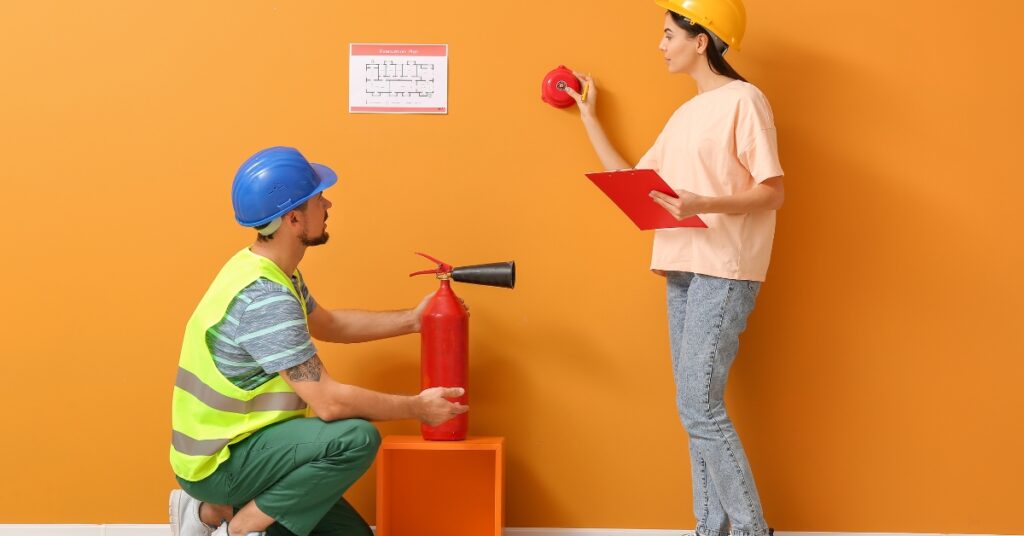Fire safety is an important part of maintaining a secure home. While many homeowners focus on burglary prevention or structural maintenance, fire preparedness often receives less attention—until it’s too late. A few proactive measures can make a big difference in preventing house fires and ensuring your family’s safety in the case of an emergency. This basic guide outlines the key steps you can take to improve fire safety in your home.
Get Smoke Alarms
Smoke alarms are your first line of defense in detecting a fire early. Install smoke alarms on each level of the home, including inside each bedroom and outside sleeping areas. Test them monthly and replace the batteries annually. Most importantly, replace the smoke alarms themselves every 10 years, or as recommended by the manufacturer.
Create an Escape Plan
Every household should have a fire escape plan. Map out at least two exits from every room and establish a safe meeting point outdoors. Practice this plan with your family twice a year, and make sure children understand what to do if they hear a smoke alarm. Time is critical in a fire—having a rehearsed plan can save lives.
Keep an Eye on Electrical Hazards
Faulty wiring and overloaded outlets are leading causes of house fires. Avoid plugging too many devices into a single outlet or extension cord. Replace damaged cords immediately and have an electrician inspect your wiring if you notice flickering lights, burning smells, or frequently tripped breakers.
Be Cautious in the Kitchen
Cooking is the most common cause of home fires. Never leave cooking food unattended for too long, and keep flammable items like towels, curtains, and wooden utensils away from the stove. Use a timer to remind yourself that you are cooking, and keep a fire extinguisher within easy reach.
Use Heaters Responsibly
Portable heaters can provide comfort in colder months, but they also pose risks. Always keep heaters at least three feet away from any flammable materials. Turn them off before leaving the room or going to sleep. If you use a fireplace, make sure it has a sturdy screen and that the chimney is cleaned regularly.
Install Fire-Resistant Materials
One of the best ways to limit the spread of fire is by incorporating fire-resistant building materials. This is especially important for internal structures such as doors and partitions. Consider installing fire rated internal glass doors to split areas and slow the spread of flames and smoke. These doors offer both style and critical protection, allowing extra time for evacuation and emergency response.
Store Flammable Materials Safely
Household chemicals, gasoline, and other flammable liquids should be kept in well-ventilated areas, away from heat sources. Keep them in original containers with proper labels, and follow disposal guidelines strictly.
Educate the Whole Household
Fire safety is a shared responsibility. Ensure that everyone in the home, including children, understands how to prevent fires and what to do in an emergency. Encourage responsible behavior around open flames, electrical devices, and heating equipment.
Conclusion
Fire safety doesn’t have to be complicated, but it does require attention and consistency to be effective. By taking these basic steps—installing smoke alarms, planning escape routes, using fire-resistant materials like fire rated internal glass doors, and educating your household—you can significantly reduce the risk of fire and protect what matters most.

